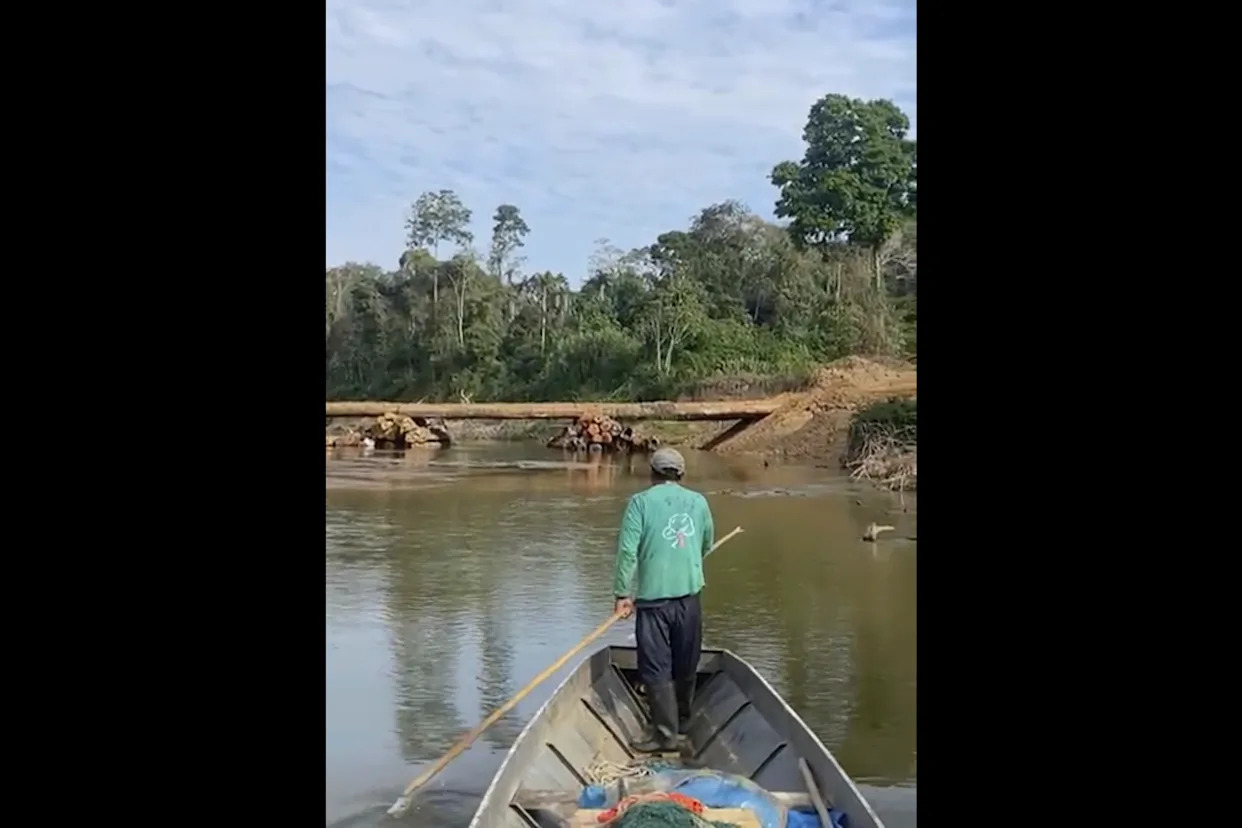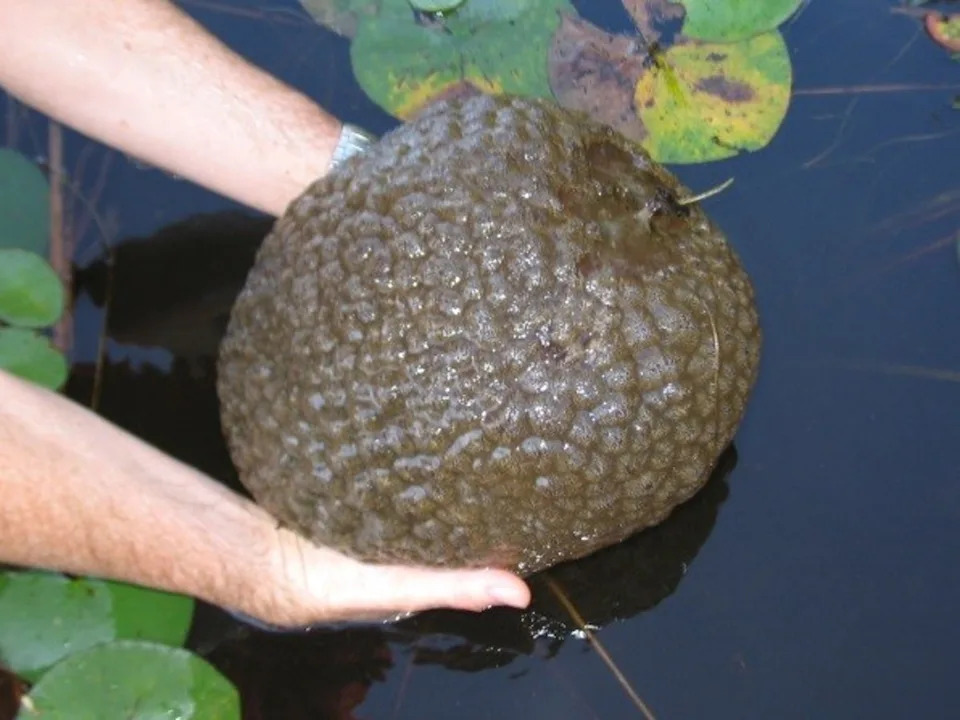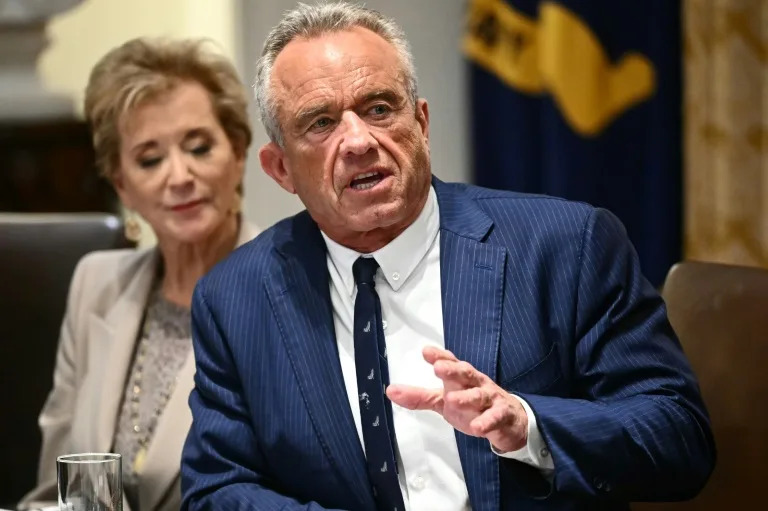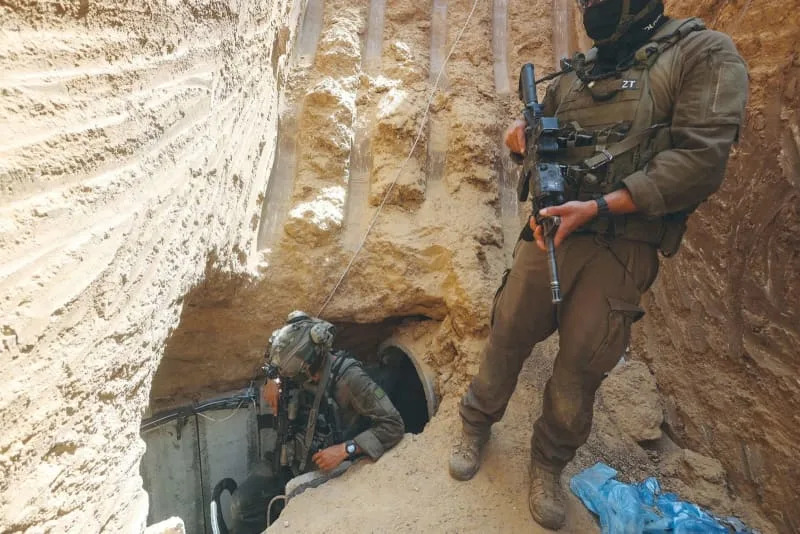
BOGOTA, Colombia (AP) — Members of an Indigenous tribe who live deep in Peru’s Amazon rainforest and avoid contact with outsiders have been reported entering a neighboring village in what activists consider an alarming sign that the group is under stress from development.
The sightings of members of Mashco Piro tribe come as a logging company is building a bridge that could give outsiders easier access to the tribe’s territory, a move that could raise the risk of disease and conflict, according to Survival International, which advocates for Indigenous rights.
The Mashco Piro are among the world’s largest uncontacted groups, living without regular interaction with outside society to protect their culture and health. Even a simple cold can be deadly to the group because it lacks immunity to common diseases.
Loggers who encroached on the tribe’s lands have previously been killed.
Enrique Añez, president of the nearby Yine community, another Indigenous group, said in a statement Tuesday that Mashco Piro members had been seen around the Yine village of Nueva Oceania.
“It is very worrying; they are in danger,” Añez said.
Añez said heavy machinery near Nueva Oceania is cutting paths through the jungle and across rivers into Mashco Piro territory. The village sits at a key access point to the Mashco Piro’s territory, making it one of the few places where members of the tribe have occasionally been seen.
Increased risk for logging workers and Indigenous peoples
Survival International last year released photos showing dozens of Mashco Piro close to active logging zones. The group warns that contact with outsiders could spread disease or lead to violent conflict — risks that have previously wiped out other isolated groups in the Amazon.
Last year, two loggers were killed in bow-and-arrow attacks after entering Mashco Piro territory.
“Exactly one year after the encounters and the deaths, nothing has changed in terms of land protection and the Yine are now reporting to have seen both the Mashco Piro and the loggers exactly in the same space almost at the same time,” said Teresa Mayo, a researcher at Survival International. “The clash could be imminent.”
Mayo said the logging company near the Indigenous group has restarted operations as normal.
“They still have the license of the government, and that is how they back their activities even if they know they are putting both Mashco Piro and their workers’ lives at risk,” she said.
The Forest Stewardship Council — an international body that certifies sustainable wood products — has suspended its approval of the logging company, Maderera Canales Tahuamanu, until November. However, Survival International said the bridge and heavy machinery footprints are evidence that logging is still taking place.
The company’s concessions, or licensed logging areas, border the Madre de Dios Territorial Reserve and overlap recognized Mashco Piro land proposed by Indigenous organizations for new protections.
The Associated Press reached out to Maderera Canales Tahuamanu but did not receive an immediate response.
Peru’s Culture Ministry — tasked with promoting cultural identity and overseeing Indigenous rights — told AP it is reviewing Survival International’s report.
When questioned on what measures the government is taking to protect groups like the Mashco Piro it noted it has created eight reserves for Indigenous peoples in isolation, has five more pending, and operates 19 control posts with 59 protection agents. It said more than 440 patrols have been carried out this year and that its budget for protecting isolated communities more than doubled in 2025.
Encroachment fuels more encounters with isolated group
The Tahuamanu River is a key transport route in this part of the Amazon. A permanent bridge will allow year-round truck access, which environmentalists say could accelerate logging and deforestation deeper inside the forest.
Rights advocates say logging is pushing the Mashco Piro toward nearby villages, making encounters more likely.
César Ipenza, a Peruvian environmental lawyer following the issue, told AP “these Indigenous peoples are exposed and vulnerable to any type of contact or disease, yet extractive activities continue despite all the evidence of the problems they cause in the territory.”
He noted that the Madre de Dios Territorial Reserve — created by the Peruvian government in 2002 to protect the lands of uncontacted and recently contacted Indigenous peoples — has not prevented conflict because “they do not necessarily know its boundaries.”
Madre de Dios is a remote southeastern Amazon region bordering Brazil and Bolivia. It is one of Peru’s most biodiverse areas, but it has also been a hot spot for illegal gold mining, logging and other extractive industries that bring outsiders into contact with isolated tribes.
“The growing presence of forestry operations will almost certainly lead to renewed contact with isolated Indigenous peoples, creating a violent situation that endangers them as well as the workers in the area,” Ipenza said.
___
The Associated Press’ climate and environmental coverage receives financial support from multiple private foundations. AP is solely responsible for all content. Find AP’s standards for working with philanthropies, a list of supporters and funded coverage areas at AP.org.






Comments